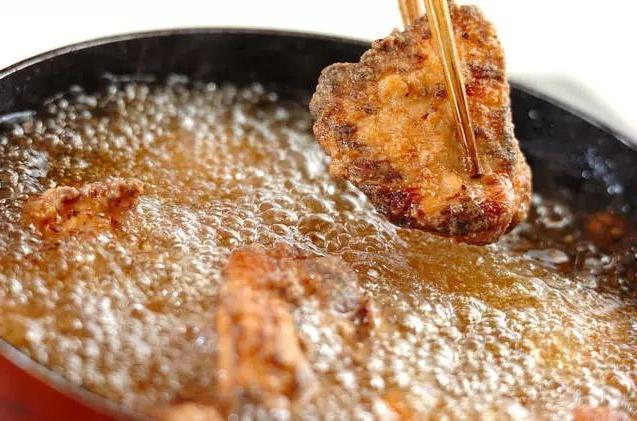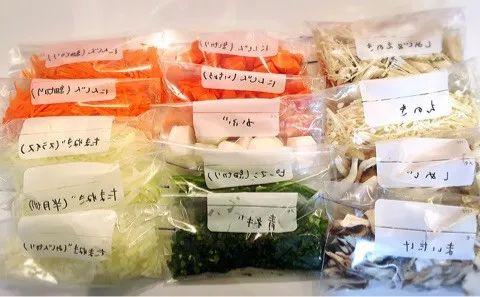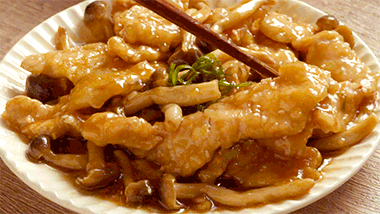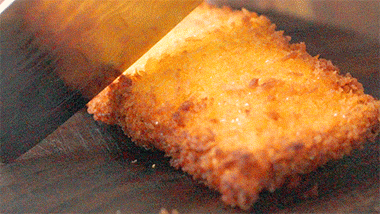Japanese cuisine is famous for its subtle, balanced flavors, and seasoning plays a crucial role in elevating these dishes. Unlike Chinese pastes such as doubanjiang or sweet soy sauce, Japanese seasonings, like Salt Koji, tend to be lighter and more focused on bringing out the natural flavors of ingredients.
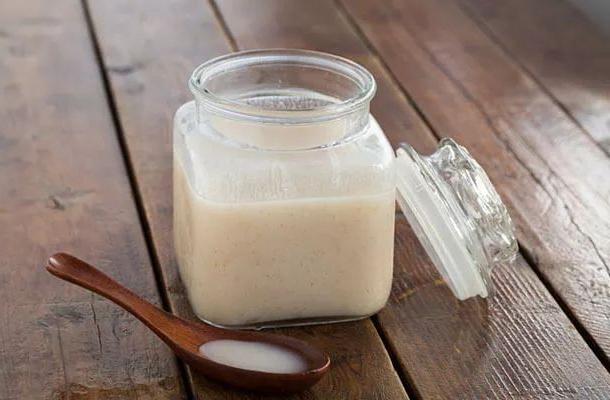
While most of us are familiar with miso, mirin, and sake, there’s another traditional fermented seasoning that holds a special place in Japanese kitchens: this seasoning.
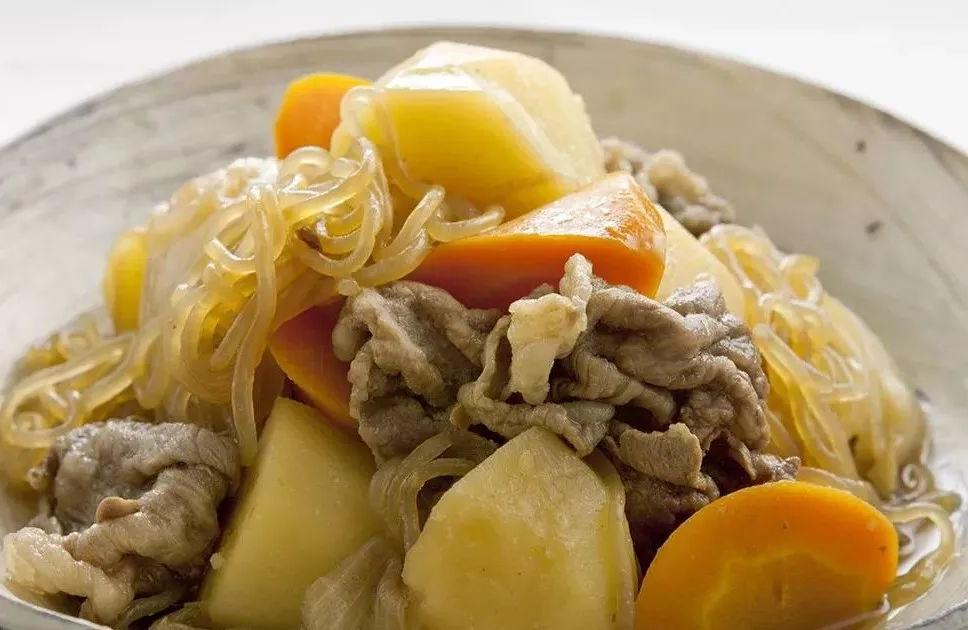
What is it?
It is made from a mixture of rice koji, salt, and water that undergoes fermentation. It has a primarily salty taste but is much milder and more nuanced than regular salt. The enzymes in this seasoning break down proteins, allowing the salt and sugar to penetrate meat, fish, and vegetables, which significantly enhances their flavor.
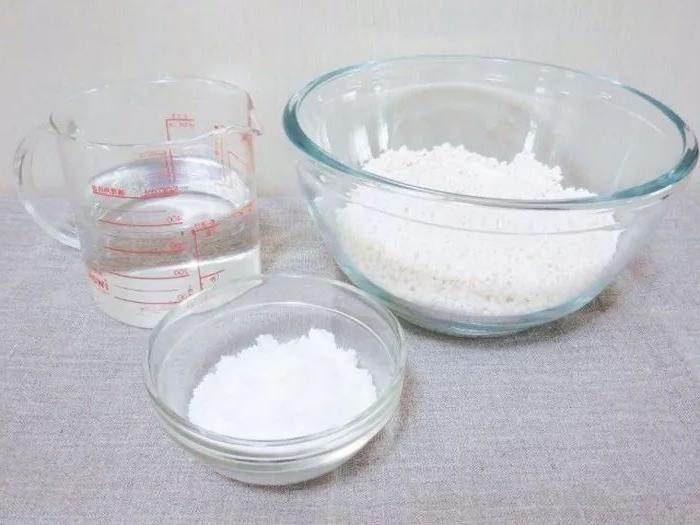
When the enzymes permeate the food, they continue breaking down proteins, making the texture tender and juicy. In addition to marinating meat and fish, this ingredient can be used in salads, vegetables, and many other dishes.
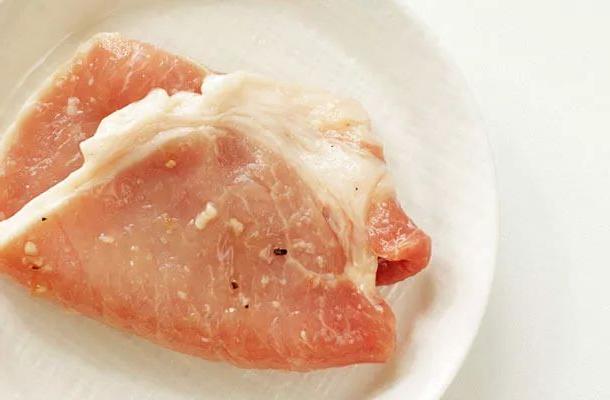
Health Benefits:
- Relieves Fatigue: The enzymes help break down proteins, allowing nutrients to be absorbed more quickly by the body.
- Boosts Immunity: Rich in vitamins B2 and B6, it helps protect the digestive system from bacterial infections.
- Prevents Arteriosclerosis: The amino acids help break down fats and clear blood vessels.
- Beauty Benefits: The kojic acid is known to help prevent the formation of dark spots.

Salt Koji’s Rising Popularity
Salt Koji has become so popular in Japan that it has sparked the creation of new versions such as soy sauce koji, tomato salt koji, and chili salt koji. These variations add even more depth and creativity to the seasoning, further expanding its use in daily cooking.
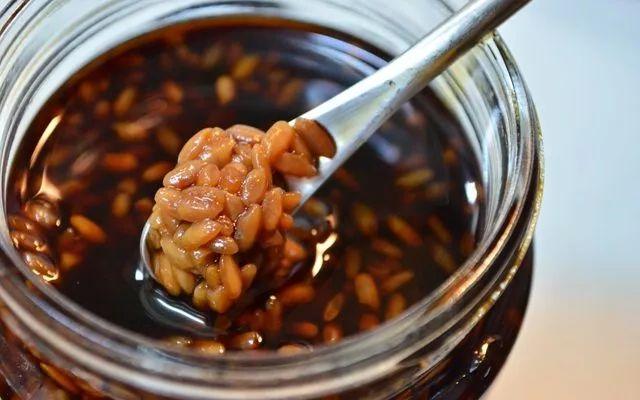

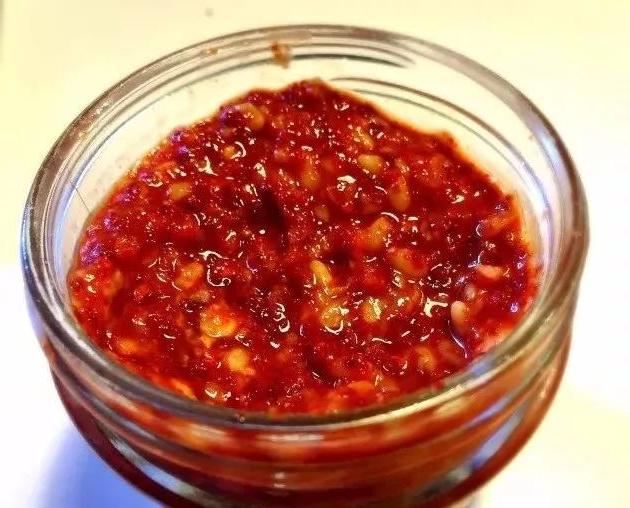
How to Make Rice Koji and Salt Koji at Home
Making Rice Koji and Salt Koji is relatively simple, and you can easily try it yourself at home with a few basic ingredients.
1、Rice Koji Recipe
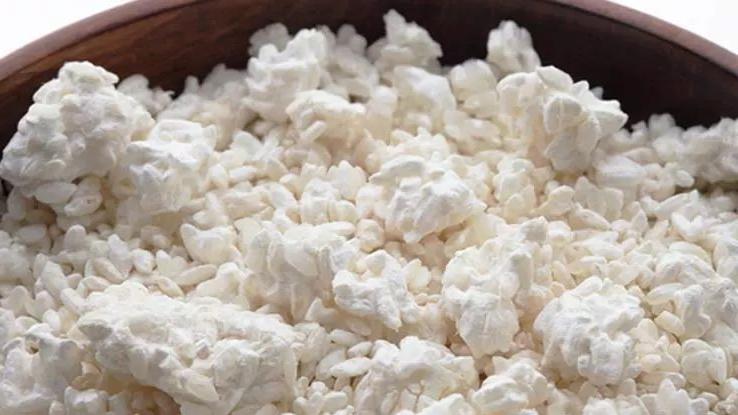
Ingredients:
- 1000g rice
- 3g rice koji mold
- 1 tablespoon starch
Directions:
- Soak the rice in water overnight, then drain and steam it for 15 minutes. Let it cool.
- Once cooled, mix the rice with rice koji mold and starch evenly. Wrap it in a cloth and let it ferment at 38°C (100°F) for 10 hours.
- If mold growth is visible, divide the rice into four parts and continue the fermentation process for another 10 hours, checking regularly.
- When the rice is fully fermented, the koji is ready.
2、Salt Koji Recipe

Ingredients:
- 200g dried rice koji
- 60g coarse salt
- 280ml water
Directions:
- Sterilize a container and add the rice koji and coarse salt (if using block koji, crush it first).
- Add the water, cover with a loose lid, and stir every day (for 5–7 days in summer or 7–11 days in winter).
- Once the mixture thickens and has a slight alcoholic aroma, it’s ready to use. Store it in the refrigerator.
Recipes to Try
1、Salt Koji Pork Belly

Ingredients:
- 500-550g pork belly
- 2 tablespoons Salt Koji
- Lettuce leaves for serving
Directions:
- Rub the seasoning onto the pork belly and place it in a vacuum-sealable bag.
- Heat the pork belly in a rice cooker, using warm water to cover the meat, and cook on low heat for 4 hours.
- Let it cool, slice it, and serve with lettuce leaves and your favorite seasonings.
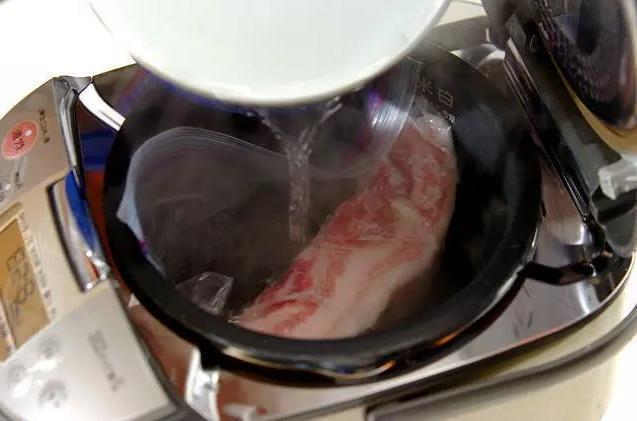

2、Salt Koji Fried Chicken Breast

Ingredients:
- 1 chicken breast
- 2–2.5 tablespoons Salt Koji
- 1 piece ginger juice
- Starch for coating
Directions:
- Cut the chicken into bite-sized pieces and marinate it with Salt Koji and ginger juice for at least half a day.
- Preheat oil to 160°C, coat the chicken with starch, and fry until golden and crispy.
- Serve with lemon slices and a drizzle of sauce.
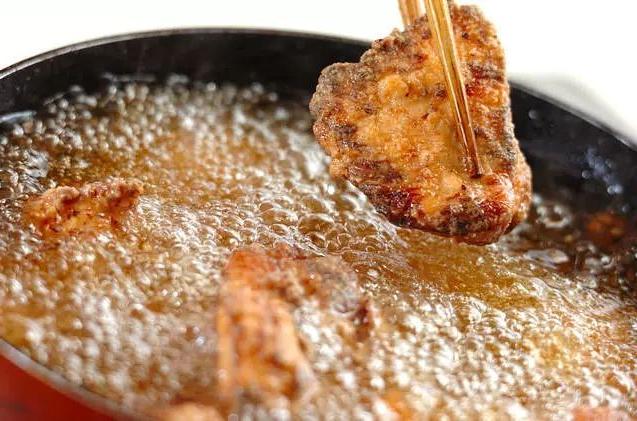
3、Soy Sauce Koji Marinated Soft-Boiled Eggs

Ingredients:
- 2 eggs
- 2 tablespoons Soy Sauce Koji
Directions:
- Boil the eggs until soft-boiled, around 6-7 minutes on medium heat.
- Cool the eggs, peel, and coat them with Soy Sauce Koji.
- Let the eggs marinate in the fridge overnight, then serve.

Final Thoughts: Salt Koji, the Secret Ingredient
Salt Koji may seem like a simple ingredient, but it brings out complex flavors and offers various health benefits. Whether you’re making homemade rice koji or trying out one of the many dishes that use this traditional seasoning, it will elevate your cooking to new heights. Embrace the umami, enhance your dishes, and enjoy the health benefits that come with it!








